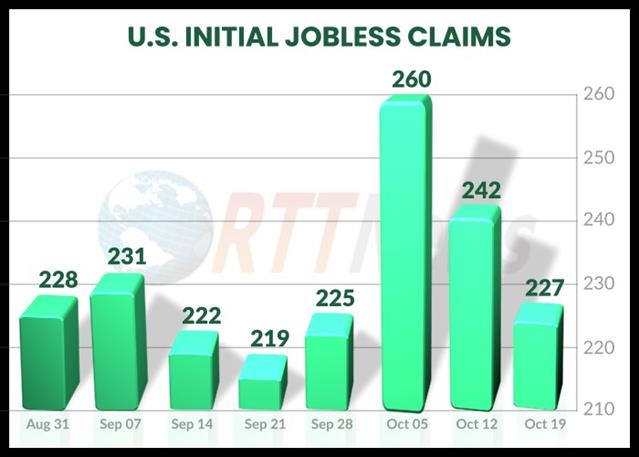Singapore Keeps Monetary Policy Unchanged On Inflation Concerns; GDP Growth Disappoints
Singapore central bank left its monetary policy stance unchanged as core inflation is projected to stay elevated in the immediate quarters ahead, while the economy logged a weaker-than-expected growth...

Singapore central bank left its monetary policy stance unchanged as core inflation is projected to stay elevated in the immediate quarters ahead, while the economy logged a weaker-than-expected growth on softer manufacturing and construction activity.
The Monetary Authority of Singapore decided to retain the prevailing rate of appreciation of the S$NEER policy band. There will be no change to its width and the level at which it is centered.
The MAS applies the exchange rate against a basket of currencies within an undisclosed band as its monetary policy tool.
Policymakers said the prevailing rate of appreciation of the policy band is required to keep a restraining effect on imported inflation as well as domestic cost pressures, and is sufficient to ensure medium-term price stability.
With inflation projected to stay above 2 percent until the fourth quarter, the MAS is expected to hold again at their next meeting with the earliest chance for some policy adjustments carried out only at their October policy meeting, ING economist Nicholas Mapa said.
Capital Economics’ economist Shivaan Tandon expects the MAS to loosen the policy in October. The economist said with the economy set to remain weak and inflation on its way to target, the central bank is set to ease the policy in October.
Policymakers are set to lower the slope of the nominal effective exchange rate band to signal their preference for a slower pace of currency appreciation in the coming quarters, Tandon said.
The central bank expects the slightly negative output gap to narrow further in the second half of 2024.
MAS core inflation is forecast to remain elevated in the earlier part of the year but should stay on its broadly moderating path and step down in the fourth quarter, before easing further into 2025.
For 2024 as a whole, both core inflation and overall inflation are projected to come in at an average of 2.5-3.5 percent.
The central bank expects GDP growth to come in between 1 and 3 percent this year as the recovery in the manufacturing and financial sectors is anticipated to resume.
Official data today showed that the city-state economy performed weaker than expected in the first quarter.
Gross domestic product grew 2.7 percent on a yearly basis in the first quarter. Although this was better than the 2.2 percent expansion in the preceding quarter, the rate was below economists’ forecast of 3.0 percent.
Manufacturing output shrank 2.9 percent and construction output fell 1.7 percent. At the same time, services providing industries grew at a slower pace of 1.2 percent.
On a quarter-on-quarter basis, the economy grew only 0.1 percent, following the 1.2 percent expansion in the fourth quarter of 2023.
- Check out our free forex signals
- Follow the top economic events on FX Leaders economic calendar
- Trade better, discover more Forex Trading Strategies
- Open a FREE Trading Account


